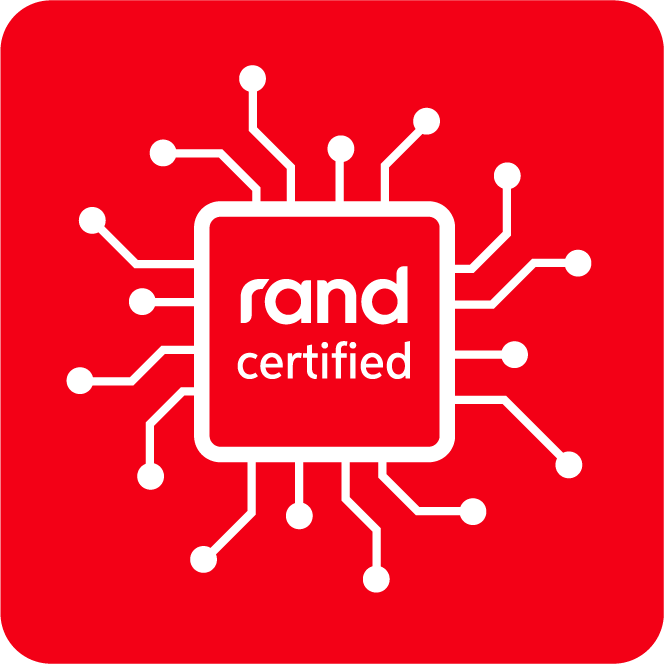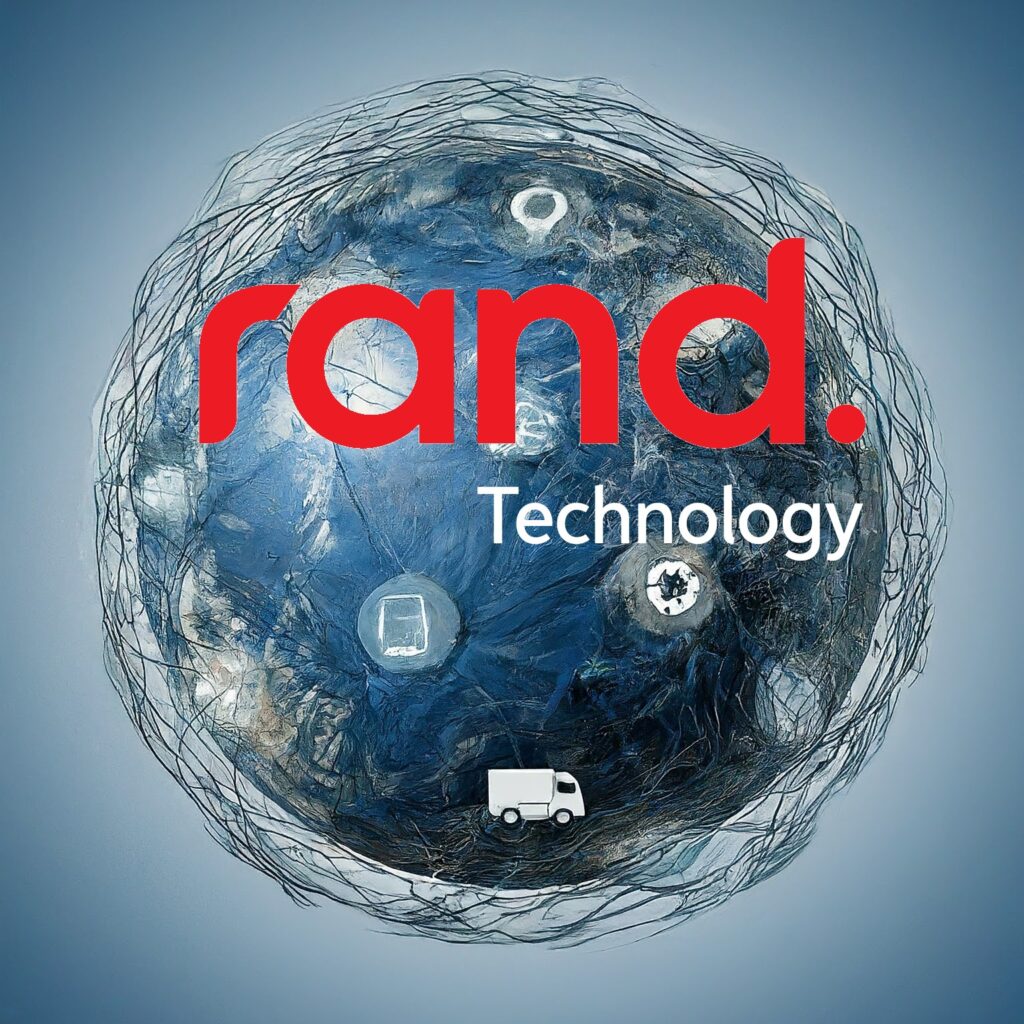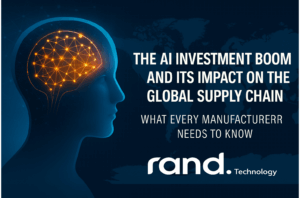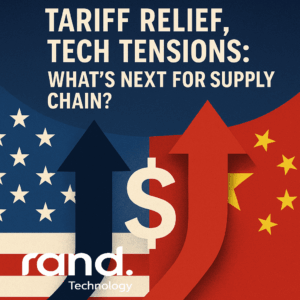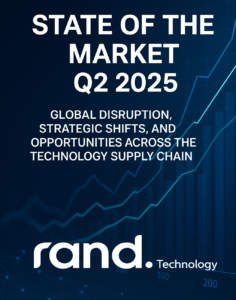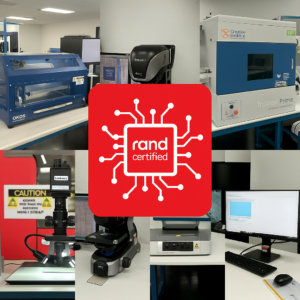In the dynamic and interconnected world of global trade, supply chain management is crucial. The industry is grappling with unprecedented challenges ranging from disruptions and rising costs to sustainability concerns. Analyzing these issues comprehensively and highlighting the strategic importance of future-proofing supply chains is imperative. This detailed article delves into the current state of supply chain management, examines its myriad challenges, and explores strategies for building resilient and sustainable supply chains.
The Landscape of Supply Chain Management
Disruptions and Volatility
The past few years have been marked by significant disruptions in global supply chains. The COVID-19 pandemic exposed vulnerabilities, leading to delays, increased costs, and unmet customer demands. More recently, geopolitical tensions and natural disasters have further strained supply networks. For instance, on April 3, 2024, a 7.4 magnitude earthquake struck eastern Taiwan, a significant hub for semiconductor manufacturing. This event raised concerns about disrupting the global chip supply chain, which was already under considerable pressure (IMD Business School) (SCMR). Taiwan is responsible for over 90% of the world’s advanced logic chips and 18% of its overall semiconductor manufacturing capacity, highlighting the critical impact such disruptions can have on global industries.
In the aftermath of the earthquake, semiconductor manufacturers like TSMC and UMC halted production and evacuated their plants. Although TSMC restored over 70% of its chip manufacturing equipment, the incident underscored the fragile nature of supply chains heavily reliant on specific geographic regions. Taiwan’s susceptibility to frequent and severe earthquakes, combined with geopolitical tensions, poses ongoing risks to semiconductor production and, by extension, the broader technology sector.
Rising Costs
Economic disruptions have led to a significant increase in logistics and production costs. Inflation has affected transportation, raw materials, and labor costs, making it challenging for companies to maintain profitability while meeting customer demands. For example, disputes between retailers and suppliers over price adjustments, such as the one between Carrefour and PepsiCo, highlight the difficulty in balancing cost pressures with consumer pricing (IMD Business School).
Sustainability Concerns
Sustainability has become a critical focus in supply chain management. Companies are under increasing pressure to reduce their carbon footprints, adopt eco-friendly practices, and ensure ethical sourcing. Regulatory frameworks are tightening, and consumers are more conscious of the environmental impact of their purchases. Deglobalization and regionalization of supply chains are emerging as strategies to reduce environmental impact while enhancing resilience (SCMR).
Key Trends Shaping Supply Chain Management
Tech-Driven Transformation
Technology is at the forefront of transforming supply chain management. Automation and the Internet of Things (IoT) are enhancing efficiency in warehousing and fulfillment. Autonomous vehicles and drones are poised to revolutionize logistics by reducing delivery times and operational costs. These technological advancements not only improve operational efficiency but also enhance the flexibility and responsiveness of supply chains (Stanton Chase).
Kyle Miller, Rand’s Director of Sales in North America, emphasizes the importance that AI will bring to the supply chain and assist in the continuous changes in forecasts. Improved technology is rolling out every day, which makes it extremely hard to roadmap a project without the assistance of AI functions.
The Role of Artificial Intelligence (AI) and Machine Learning (ML)
AI and ML are pivotal in optimizing supply chain processes and predicting disruptions. These technologies enable predictive maintenance, demand forecasting, and intelligent sourcing. Integrating AI with business intelligence (BI) and leveraging industry know-how allows companies like Rand Technology to empathize with industry challenges and offer tailored solutions. This integration helps make informed decisions, mitigate risks, and improve efficiency.
Big Data and Analytics
The proliferation of big data is enhancing supply chain visibility and decision-making. Advanced analytics allow companies to identify inefficiencies, reduce costs, and improve customer service. Data from sensors, digital twins, and standardized freight exchanges are used to optimize routes, manage inventory, and predict demand.
Alaina Andino, Global Solutions and Services Program Manager at Rand Technology, suggests integrating big data in supporting decision-making for backlog management and enabling detailed impact analysis. Andino suggests leveraging big data can help businesses understand the future financial impact of inventory aging and perform complex return on working capital (ROWC) modeling.
Adaptability and Resilience
The ability to adapt to unforeseen disruptions is crucial for supply chain resilience. Companies must develop agile networks that can quickly respond to changes in the market or disruptions. These new networks involve diversifying suppliers and manufacturing locations to mitigate risks and ensure continuity. The recent earthquake in Taiwan serves as a reminder of the importance of adaptability in maintaining supply chain integrity (ASCM) (IMD Business School).
Diversification
Diversifying supply chains is essential to mitigate risks associated with geopolitical tensions, natural disasters, and economic fluctuations. By spreading operations across different regions and sourcing from multiple suppliers, companies can reduce their dependency on a single source and enhance their resilience. This strategy also helps manage costs and maintain operational continuity during disruptions (S&P Global).
Insights from Rand Technology Experts
Significant Challenges
According to Kyle Miller, supply chains’ most significant challenges today include surplus inventory, cash flow, talent shortages, and underforecasting. These challenges are compounded by the rapid pace of technological advancements, which necessitate continuous adaptation and integration of new technologies.
Alaina Andino identifies staff turnover and succession planning as critical issues, particularly in an era where AI and BI are increasingly valued over traditional know-how. She emphasizes the importance of investing in people alongside technology to ensure long-term success. Andino also points out that deglobalization and environmental concerns are intertwined trends shaping the future of supply chains.
Emerging Trends
Miller believes that deglobalization and the rapid pace of technological advancements will have the most significant impact on the future of supply chain management. He notes that engineers are being pushed to make advancements at an unprecedented rate to keep up with the emergence of AI. All manufacturers are focusing capacity on new technology that can fit within the AI ecosystems. This shift is causing many other products to lose priority and reach EOL faster and with little notice, necessitating continuous innovation and adaptation.
Andino highlights the convergence of deglobalization and environmental concerns as a significant emerging trend. She suggests these trends can work together to create more sustainable and resilient supply chains. Andino advocates for a balanced approach that considers technological advancements and environmental impact.
Leveraging Technology for Resilience and Sustainability
Businesses must leverage technology effectively to create a resilient and sustainable supply chain. Miller suggests partnering with supply chain partners that have introduced advancements in AI in their everyday ERP. This, along with API data sharing, will best serve to stay on top of trends and mitigate risks early.
Andino recommends supporting decision-making with big data and advanced analytics. She highlights the value of detailed impact analysis and ROWC modeling in managing inventory and financial performance. Andino also stresses the importance of investing in people and fostering a culture of innovation to complement technological advancements.
Future-Proofing Strategies
Advising companies to create bandwidth and provide measurable data to future-proof their supply chains involves adopting flexible technologies and maintaining a proactive approach to managing disruptions. Diversifying supply chains will mitigate risks and enhance resilience.
The importance of investing in people and technology shouldn’t be overlooked. Andino believes that company culture plays a crucial role in successfully implementing strategies. She advises businesses to focus on succession planning and staff development to ensure continuity and maintain a competitive edge.
The Importance of a Future-Proofed Supply Chain
A future-proofed supply chain is essential for navigating the complexities of the modern global market. By leveraging technology, enhancing collaboration, and adopting sustainable practices, businesses can build resilient supply chains that can withstand disruptions and adapt to changing market conditions.
Leveraging Technology
Businesses must effectively leverage technology to create a resilient and sustainable supply chain. Implementing AI and ML can optimize operations, while big data analytics provide insights for better decision-making. The integration of digital twins and IoT devices enhances visibility and allows for real-time monitoring and predictive maintenance (ASCM) (KPMG).
One prominent example of technological advancement in supply chains is the rise of automation in warehousing and fulfillment. Automated storage and retrieval systems (AS/RS), robotic picking systems, and autonomous forklifts are transforming warehouse operations, significantly increasing efficiency and accuracy. This reduces labor costs, minimizes human error, and enhances overall productivity.
The role of AI and ML extends beyond operational optimization. These technologies are crucial for predicting disruptions and enabling proactive responses. AI-driven algorithms analyze vast amounts of data to identify patterns and forecast potential supply chain interruptions, allowing businesses to mitigate risks before they escalate. Machine learning models continuously improve accuracy by learning from past events and adjusting predictions accordingly.
Rand Technology, for instance, has integrated AI and ML into its supply chain processes to enhance efficiency and predict disruptions. By combining AI with BI and industry know-how, Rand offers tailored solutions that address the unique challenges faced by its clients. This approach enables informed decision-making and fosters a proactive supply chain management strategy.
Enhancing Collaboration
Collaboration between business units and external partners is vital for streamlining supply chains. Breaking down silos and ensuring seamless communication between different parts of the organization can improve efficiency and responsiveness. Developing an ecosystem of technology partners, business integrators, and academic experts can provide access to the necessary skills and knowledge (ASCM) (Stanton Chase).
One key aspect of enhancing collaboration is the integration of APIs with supply chain partners. APIs facilitate real-time data exchange, enabling seamless communication and coordination across the supply chain. This integration ensures that all stakeholders have access to up-to-date information, improving visibility and decision-making.
Moreover, collaborative platforms and digital ecosystems foster stronger partnerships and enhance supply chain resilience. These platforms allow for sharing best practices, joint problem-solving, and coordinated responses to disruptions. By leveraging the collective expertise of multiple stakeholders, businesses can develop robust strategies to navigate disruptions and optimize operations. This collaborative approach enhances resilience and drives innovation and continuous improvement in supply chain processes.
Adopting Sustainable Practices
Sustainability is no longer optional but a strategic imperative for supply chains. Companies increasingly adopt eco-friendly practices to meet regulatory requirements, reduce environmental impact, and cater to consumer demand for sustainable products. This shift towards sustainability involves several key strategies:
- Reducing Carbon Footprint: Businesses invest in renewable energy sources, optimize transportation routes to minimize emissions, and adopt energy-efficient technologies. These initiatives reduce environmental impact and lead to cost savings in the long run.
- Ethical Sourcing: Responsible sourcing of raw materials and products is crucial for maintaining ethical standards and mitigating risks associated with supply chain disruptions. Companies conduct thorough assessments of their suppliers’ practices and implement strict codes of conduct to ensure compliance with ethical standards.
- Circular Economy: Adopting circular economy principles involves designing products for longevity, encouraging recycling and reuse, and minimizing waste. This approach reduces environmental impact, creates new business opportunities, and enhances supply chain resilience.
- Transparency and Reporting: Companies increasingly adopt transparent reporting practices to demonstrate their commitment to sustainability. This reporting provides detailed information on their environmental impact, social responsibility initiatives, and progress toward sustainability goals.
At Rand Technology, sustainability is a core focus. We are committed to reducing our environmental impact through various initiatives, including optimizing logistics to reduce emissions, responsibly sourcing materials, and implementing energy-efficient technologies. Rand Technology contributes to the global effort to combat climate change by prioritizing sustainability.
The Importance of a Future-Proofed Supply Chain
Future-proofing a supply chain involves implementing strategies that enhance resilience, flexibility, and sustainability. By leveraging technology, fostering collaboration, and adopting sustainable practices, businesses can build supply chains that can withstand disruptions and adapt to changing market conditions.
Leveraging Technology
Businesses must effectively leverage technology to create a resilient and sustainable supply chain. Implementing AI and ML can optimize operations, while big data analytics provide insights for better decision-making. The integration of digital twins and IoT devices enhances visibility and allows for real-time monitoring and predictive maintenance (ASCM) (KPMG).
One prominent example of technological advancement in supply chains is the rise of automation in warehousing and fulfillment. Automated storage and retrieval systems (AS/RS), robotic picking systems, and autonomous forklifts are transforming warehouse operations, significantly increasing efficiency and accuracy. This reduces labor costs, minimizes human error, and enhances overall productivity.
The role of AI and ML extends beyond operational optimization. These technologies are crucial for predicting disruptions and enabling proactive responses. AI-driven algorithms analyze vast amounts of data to identify patterns and forecast potential supply chain interruptions, allowing businesses to mitigate risks before they escalate. Machine learning models continuously improve accuracy by learning from past events and adjusting predictions accordingly.
Rand Technology, for instance, has integrated AI and ML into its supply chain processes to enhance efficiency and predict disruptions. By combining AI with BI and industry know-how, Rand Technology offers tailored solutions that address the unique challenges faced by its clients. This approach enables informed decision-making and fosters a proactive supply chain management strategy.
Enhancing Collaboration
Collaboration between business units and external partners is vital for streamlining supply chains. Breaking down silos and ensuring seamless communication between different parts of the organization can improve efficiency and responsiveness. Developing an ecosystem of technology partners, business integrators, and academic experts can provide access to the necessary skills and knowledge.
One key aspect of enhancing collaboration is the integration of APIs with supply chain partners. APIs facilitate real-time data exchange, enabling seamless communication and coordination across the supply chain. This integration ensures that all stakeholders have access to up-to-date information, improving visibility and decision-making.
Moreover, collaborative platforms and digital ecosystems foster stronger partnerships and enhance supply chain resilience. These platforms allow for sharing best practices, joint problem-solving, and coordinated responses to disruptions. By leveraging the collective expertise of multiple stakeholders, businesses can develop robust strategies to navigate disruptions and optimize operations.
Adopting Sustainable Practices
Sustainability is no longer optional but a strategic imperative for supply chains. Companies increasingly adopt eco-friendly practices to meet regulatory requirements, reduce environmental impact, and cater to consumer demand for sustainable products. This shift towards sustainability involves several vital strategies:
- Reducing Carbon Footprint: Businesses invest in renewable energy sources, optimize transportation routes to minimize emissions, and adopt energy-efficient technologies. These initiatives reduce environmental impact and lead to cost savings in the long run.
- Ethical Sourcing: Responsible sourcing of raw materials and products is crucial for maintaining ethical standards and mitigating risks associated with supply chain disruptions. Companies are conducting thorough assessments of their suppliers’ practices and implementing strict codes of conduct to ensure compliance with ethical standards.
- Circular Economy: Adopting circular economy principles involves designing products for longevity, encouraging recycling and reuse, and minimizing waste. This approach reduces environmental impact, creates new business opportunities, and enhances supply chain resilience.
- Transparency and Reporting: Companies increasingly adopt transparent reporting practices to demonstrate their commitment to sustainability. This involves providing detailed information on their environmental impact, social responsibility initiatives, and progress towards sustainability goals.
At Rand Technology, sustainability is a core focus. The company is committed to reducing its environmental impact through various initiatives, including optimizing logistics to reduce emissions, responsibly sourcing materials, and implementing energy-efficient technologies. By prioritizing sustainability, Rand Technology enhances its reputation and contributes to the global effort to combat climate change.
Conclusion
The importance of a resilient and future-proof supply chain cannot be overstated in the face of unprecedented challenges. The current landscape of supply chain management is marked by disruptions, rising costs, and sustainability concerns. However, by leveraging technology, enhancing collaboration, and adopting sustainable practices, businesses can navigate these challenges and build adaptable, efficient, and resilient supply chains.
Rand Technology stands at the forefront of these efforts, integrating advanced technologies and innovative strategies to address the unique challenges of the modern supply chain. By focusing on visibility, adaptability, and sustainability, Rand Technology is future-proofing its supply chain and helping its clients achieve similar success.
As we move forward, the lessons learned from recent disruptions, such as the Taiwan earthquake and the Microsoft outage, underscore the need for continuous innovation and proactive management in supply chains. By embracing the trends of tech-driven transformation, AI and ML integration, big data analytics, and sustainability, businesses can build supply chains that are robust and efficient and prepared for future uncertainties.
The future of supply chain management lies in the strategic integration of technology, collaboration, and sustainability. By adopting these principles, businesses can create supply chains that are resilient, adaptable, and capable of thriving in an ever-changing global landscape. Rand Technology remains committed to leading the way in this endeavor, providing innovative solutions and insights to help businesses navigate the complexities of supply chain management and achieve lasting success.






